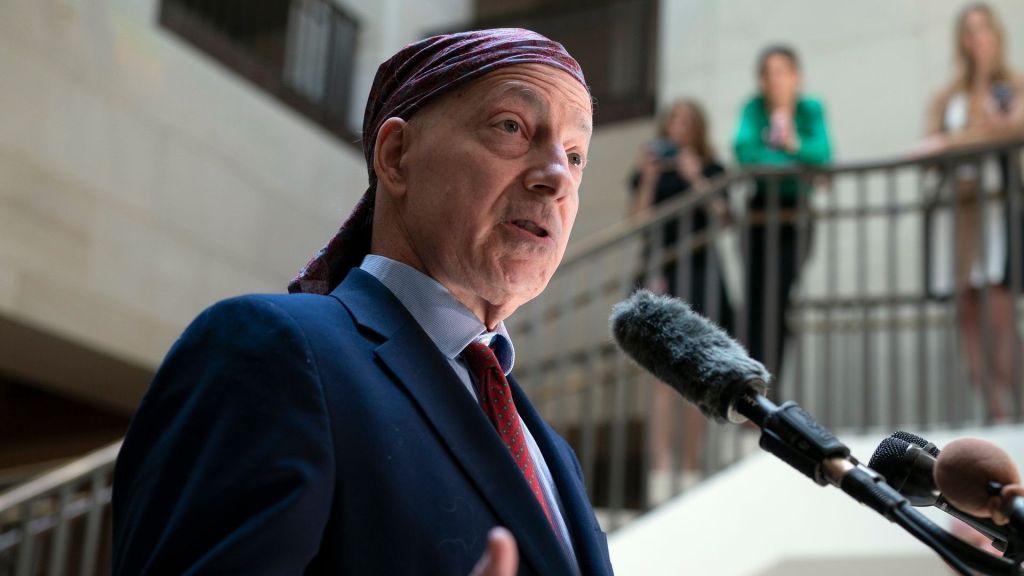WHAT HAPPENED TO SILICON VALLEY BANK?
THE CALIFORNIA BANK WAS A BIT OF A SPECIAL BREED. IT CALLED ITSELF “THE FINANCIAL PARTNER OF THE INNOVATION ECONOMY,” AND CLAIMED TO BANK NEARLY HALF OF ALL VENTURE-CAPITAL-BACKED STARTUPS IN THE U-S.
IN OTHER WORDS, IT HAD A PRETTY HOMOGENOUS CLIENT BASE.
NOW COMMERCIAL BANKS USUALLY MAKE MONEY BY TAKING IN CUSTOMER DEPOSITS, AND THEN USING THAT MONEY TO DISH OUT LOANS TO OTHER CUSTOMERS, EARNING MONEY ON THE INTEREST.
BUT FOR THE PAST COUPLE OF YEARS, MANY OF SVB’S CUSTOMERS DIDN’T REALLY NEED LOANS. THE STARTUP WORLD WAS FLUSH WITH V-C CASH BECAUSE, WITH LOW INTEREST RATES, MONEY WAS CHEAP.
BY THE END OF 2022, SVB SAID IT HAD $212 BILLION IN ASSETS.
SO INSTEAD OF MAKING LOANS WITH ALL THE MONEY, SVB BOUGHT UP A LARGE AMOUNT OF INTEREST-BEARING GOVERNMENT BONDS, AND PLANNED TO HOLD THOSE BONDS UNTIL THEY MATURED.
HERE’S WHERE THEIR PROBLEM STARTED.
WITH INFLATION AT 4-DECADE HIGHS, THE FEDERAL RESERVE STARTED HIKING INTEREST RATES, AND FAST.
MONEY STARTED DRAINING OUT OF THE STARTUP WORLD, AND SVB’S CUSTOMERS NEEDED TO TAKE OUT THEIR MONEY TO PAY BILLS AND MAKE PAYROLL.
BUT SVB HAD A LOT OF IT TIED UP IN THESE BONDS. AND BECAUSE INTEREST RATES HAD GONE UP, THEIR LOWER-INTEREST-YIELDING BONDS WERE WORTH LESS ON THE OPEN MARKET.
ON WEDNESDAY EVENING, MARCH 8TH, SVB ANNOUNCED IN A PRESS RELEASE THAT THEY WERE TRYING TO RAISE MONEY BY SELLING MORE SHARES. THEY ALSO SAID THEY SOLD $21 BILLION DOLLARS WORTH OF BONDS – AT A $1.8 BILLION DOLLAR LOSS.
THEY WERE TRYING TO SHORE UP THEIR BALANCE SHEET, BECOME MORE LIQUID – BUT IT CAUSED THEIR CUSTOMERS TO PANIC. BIG TIME VC FIRMS STARTED TELLING STARTUPS TO PULL THEIR MONEY AND IT TRIGGERED A BANK RUN.
ON THURSDAY ALONE, MARCH 9TH, CUSTOMERS ATTEMPTED TO PULL OUT $42 BILLION DOLLARS, 20% OF THE BANK’S TOTAL ASSETS. THAT’S WAY MORE CASH THAN ANY BANK IS REQUIRED TO HAVE ON HAND AND SVB CERTAINLY DIDN’T HAVE IT LIQUID.
STEFAN KALB, SVB CUSTOMER, SHELF ENGINE CEO: We wired out the money yesterday, but Silicon Valley Bank did not honor our wire. So we were not able to move any of our cash out of our bank account. Unless someone comes in and is able to support Silicon Valley Bank through an acquisition, through other means, a lot of us are going to be in a very painful situation very quickly. And so the big ask is for the federal government to come in and step in.
SIMONE DEL ROSARIO: BY FRIDAY MARCH 10TH, FEDERAL REGULATORS TOOK OVER THE BANK AND SHUT IT DOWN. TWO DAYS LATER, ON SUNDAY, NEW YORK-BASED SIGNATURE BANK BECAME THE NEXT CASUALTY, AS CUSTOMERS THERE WORRIED THEIR DEPOSITS WOULD ALSO BE UNSAFE.






